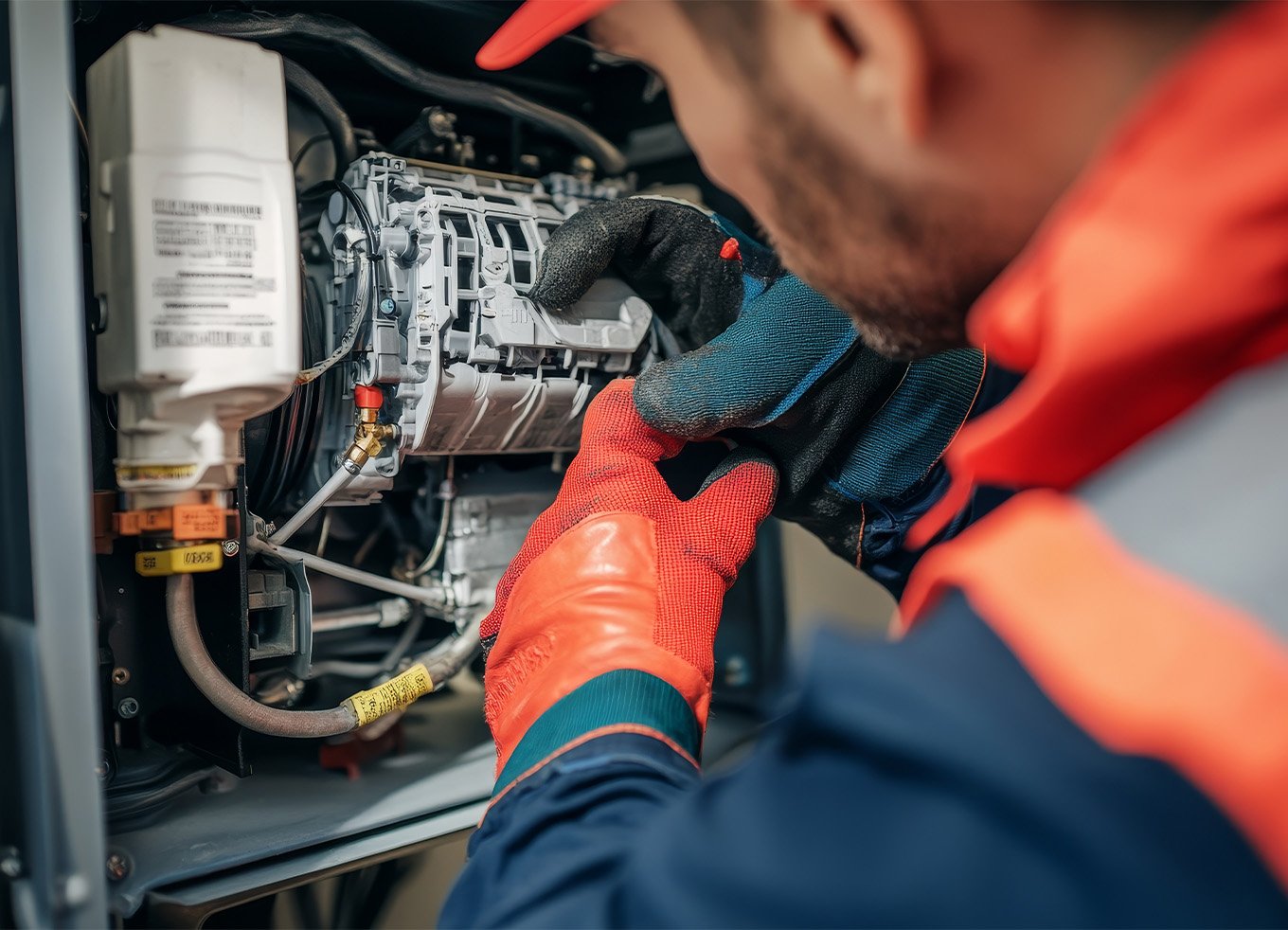
Helping Small Businesses Save with Energy Efficiency
A Guide for Community Lenders to Unlock Cost-Saving Opportunities for Borrowers
Read time: 1 minute
Small businesses are particularly susceptible to high energy costs and are significant contributors to the total energy used in buildings. ENERGY STAR estimates that small businesses spend more than $60 billion per year on energy costs, and the National Renewable Energy Lab has found that small buildings across the country, most of which house small businesses, contribute to 44% of the nation’s total energy used in the building sector.
With extreme summer temperatures driving up energy demand and costs, energy efficiency is a key way for small businesses to lower expenses and boost long-term resilience. CDFIs can play a vital role in helping borrowers identify and finance improvements that curb energy use and strengthen their businesses.
OFN’s Small Business Energy Efficiency Lending Guide helps to educate small business lenders on the cost-saving potential of energy efficiency upgrades and outlines available financing solutions to make these improvements possible.
The guide discusses the following:
- Energy efficiency is a practical strategy for achieving cost savings and long-term resilience: With increased energy demand during summer heatwaves, small businesses face higher utility bills and operating costs. Efficiency upgrades can help reduce utility expenses, improve cash flow, and improve business resiliency.
- CDFIs are uniquely positioned to support energy upgrades: By integrating energy efficiency lending into small business financing, CDFIs can boost borrower cash flow, reduce default risk, support resilience to energy cost fluctuations, and position themselves as sustainability-aligned capital providers.
- Start small with low-cost measures and scale up as needed: Many simple energy efficiency upgrades, like LED lighting retrofits, programmable thermostats, or sealing air leaks, are low-cost, have quick payback periods, and help borrowers save on energy costs. Businesses with high energy usage (e.g., grocery stores and laundromats) are strong candidates for larger upgrades like insulation, energy-efficient HVAC systems, or solar PV.
- Partnerships, education, and resources make implementation easier: CDFIs don’t need advanced technical expertise to get started. They can educate borrowers on savings, build referral partnerships with contractors and energy programs, and leverage resources like Small Business Administration loan programs, utility rebates, and energy audits to support clean energy lending.
Learn more!
By incorporating energy efficiency into lending strategies, CDFIs can deliver meaningful value to small business borrowers, helping them cut costs, build resilience, and thrive in a changing economic and environmental landscape. See below to access the full Small Business Energy Efficiency Lending Guide.
Save The Date

Join us from October 20-23 in Washington, D.C. for the 41st annual OFN Conference!
Stay Connected
Subscribe to receive regular updates straight to your inbox and check out our blog for the latest coverage from OFN and the CDFI industry.
Follow us on social media.
More From OFN
-
Meeting Entrepreneurs Where They Are: ProsperUs Detroit’s Community-First Microlending
CEO Paul Jones shares how ProsperUs pairs flexible capital with coaching to turn ambition into local wealth. ProsperUs is helping… Read More
-
Helping Small Businesses Save with Energy Efficiency
A Guide for Community Lenders to Unlock Cost-Saving Opportunities for Borrowers Small businesses are particularly susceptible to high energy costs… Read More
-
Save the Dates for 2025 OFN Events and Training!
OFN’s 2025 events and training will bring together mission-driven lenders, partners, and other advocates across the country to learn, network,… Read More